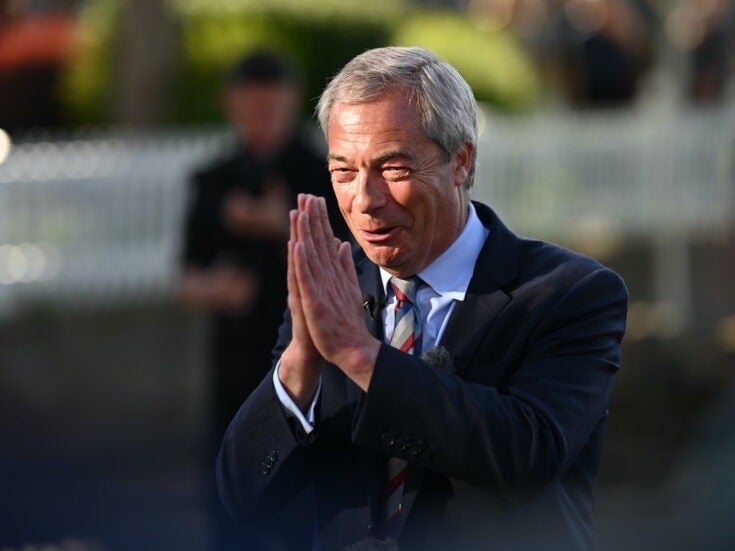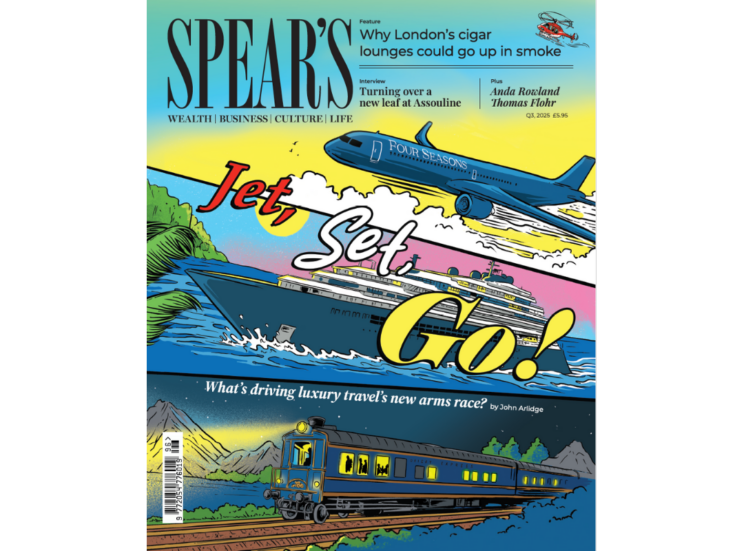As the wheels came off this dream, the engineers scratched their heads in blank disbelief: it wasn’t meant to do this, what did we overlook?
Remember the 1960s and the BRM? It was the British Racing Motor, our hope for the future, which would go faster than any other and Britain would never look back. On its first round of Brands Hatch, we all stood and watched in amazement at her sleek beautiful lines. Here, I must fast-forward to the 1990s to the ERM, or European Monetary Union, which was also going to guarantee Britain’s future.
The BRM speeded up for the second round and reached full-power on the third, at which point she exploded in a heap of twisted crank-shaft and flying widgets and seething gases. As the wheels came off this dream, the engineers scratched their heads in blank disbelief: it wasn’t meant to do this, what did we overlook? Fast-forward again to “White Wednesday” on 16 September 1992, when Britain was exploded out of the ERM, as this device came apart just like the BRM, with the constructivist dream-makers, the imagineers, totally lost for an explanation.
What goes around comes back to slap you in the face. Here we are, twenty years on, entering a geo-politically uncertain period, but with two half-built aircraft carriers but no aircraft on them: how come? The ERM/euro was meant to guarantee the peace of Europe, and the Euro-fighter was meant to protect her new far-flung borders. Politicians are always devising answers to yesterday’s problems while generals are always fighting the last war.
The eurozone is now buckling under the weight of its debts and there are bound to be recriminations. The Euro-fighter, named the Typhoon – so that Germans would be reminded who won the last war! – was designed to shoot down Russian MIG 27s in any dogfight, but by the time it began to be delivered after 25 years in the planning, the Cold War was history. The Euro-fighter, like the euro, was meant to fly at critical attitudes and bring superior fire-power to bear, not implode in mid-air.
Britain wisely fended off the euro, but because of our defence industry’s future, joined in the Euro-fighter programme, and unwisely ordered on a no-cancellation basis 232 of these gleaming but freshly redundant specimens. The first batch of 53 copies to be delivered cost £86.0 million each, or £4.6 billion in total, but have now been scheduled after just 3½ years’ service for redundancy by 2015, as they lack optimum fire-power. Then we learn that 8 new Nimrod MRA4 are having their wings cut off without even entering service at a cost of another £4.1 billion – I ask you! Now Britain is trying to reduce its outstanding Eurofighter orders to around 120.
With no aircraft fit for carriers, Britain can no longer project air, sea or army power beyond the Isle of Wight. If North Korea blows up, bad luck, mate
Thus, in the name of Euro-cooperation, Britain’s Coalition found that there were three expensive fighter aircraft to support: the Tornado and the Harrier, both British, and the wretched Euro-thingy. The politicians couldn’t countenance acknowledging their own error and upsetting our Euro “partners”, so they opted to keep the Euro-gadget; the trouble with that decision is that the Euro-fighter is not nearly as effective at long-range interdiction and strike as the Tornado, in service already for 25 years; so the Tornado had to stay, which meant the Harrier had to go.
The euro and the Euro-fighter, those two great symbols, have one thing in common: they are ineptly addressing problems that no longer exist, while the Coalition couldn’t afford to pay the penalty clauses on the two aircraft carriers and the Euro-fighter.
The same, however, cannot be said of the Harrier. With no aircraft fit for carriers, Britain can no longer project air, sea or army power beyond the Isle of Wight. If North Korea blows up, bad luck, mate. This point will not have been lost on the Argentines, either. The idea that our aircraft carriers will defend the Falklands with French Rafaeles flying off our decks armed with Exocets is a dream that is never going to happen. (The MoD never did understand more than 10% of the Harrier’s combat capabilities – just read Sea Harrier Over The Falklands by Commander ‘Sharkey’ Nigel Ward, DSC, AFC, RN (Ret’d), who knows what he is talking about.)
So the two new aircraft-carriers are going to be equipped with the USA Joint-strike fighter, the F-22, which were going to cost £22.0 million per copy, but the price has already risen to over $100.0 million each. And the morale of the tale is what, exactly? In the smoke and mirrors of Euroland, as one door shuts, the next one slams in your face.







